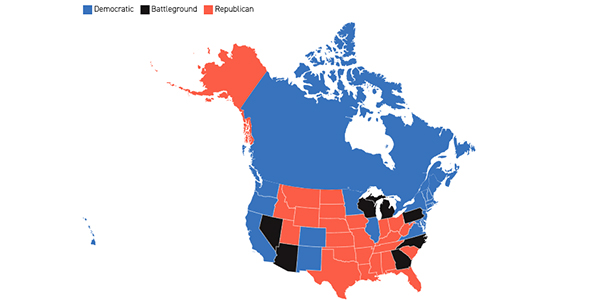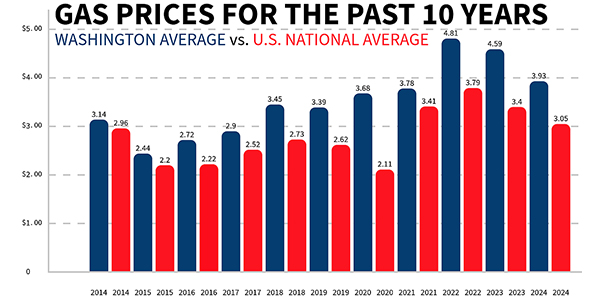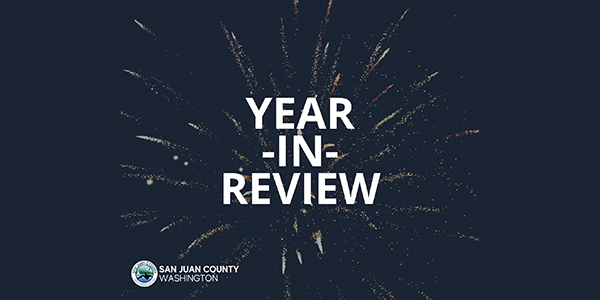Dear Council and Shireene Hale;
Thank you for the final chance to comment on Wetlands and Fish and Wildlife CAO chapters, and for your hard work on these. After some time of not closely following the Wetland CAO Draft Ordinance changes, I am shocked and sad at how much this Chapter, and the whole CAO, have deteriorated, concerning environmental protections.
There are countless reasons to abandon site-specific tailored buffering. If you determine things site by site, simply so that everyone can develop his parcel, there is no way to assess the cumulative negative impact on what is downstream. The County is not going to be able to monitor or enforce this.
Particularly distressing are these areas:
■ Downgrading high-category wetlands to low category, which shows how little understanding County Staff has about wetlands.
■ Narrowing wetland buffers more each time this draft is reviewed, due to pressure from property-rights people and their litigators.
■ Making every parcel available for some kind of development.
■ Eliminating data from old maps for consideration, thus effectively “destroying the evidence” that would show wetland degradation.
■ Repeatedly ignoring and over-riding Dr. Adamus’s BAS and recommendations: obviously under duress.
■ Throwing out Do No Harm as First and Foremost guideline, and replacing it with ideas like “mitigation,” non-compensatory wetland “enhancement,” and “no net loss.” These words are shell-game names for destruction of wetlands. Not considering watersheds, rather only stand-alone parcels.
Since so many wetlands are contiguous with Fish and Wildlife areas and Tidal wetlands, you really can’t separate out their inter-connectedness. Yet these documents chop up the veins and arteries of the patient – Earth and her Waters – and we wonder why she is dying. I am sure that either way this goes, there will be litigation. How sad. What a waste.
I am sorrowful and feel despair at our lack of understanding and compassion for the very earth which sustains our privileged lives here.
Sadie Bailey
**If you are reading theOrcasonian for free, thank your fellow islanders. If you would like to support theOrcasonian CLICK HERE to set your modestly-priced, voluntary subscription. Otherwise, no worries; we’re happy to share with you.**








Well said and well researched Sadie! I know that people reading some of these proposed regulations probably cross their eyes and give up, but plowing through them is the only way to educate ourselves (as you have done). In essence, (in my opinion)the greed of the few has taken over environmental policy.
The idea that ALL land Must be developed regardless of the environmental impacts is a dangerous policy for All life on the islands. Too often, the disconnected and uninformed presume that the only life that matters is human life and its’ comfort and “bottom line”.
WE, And the earth are all CONNECTED! Humans and all Other lifeforms need a healthy ocean. Making environmental policy based on human comfort and/or greed is destroying the health of the islands.
Wetlands are VITAL to the Ecological balance on Orcas! They are being destroyed as I pen this missive. Even Lavender Hollow’s Wetland is slated for destruction, called “Enhancement” as seems to be the current…
I, too, have spent a considerable amount of time following the saga of the Wetlands and Fish and Wildlife Critical Habitat CAO changes. I’d like to address Sadie’s key points and try to put them in context.
• I do not see any material reduction in the environmental protections that are already in place in our existing CAOs. Instead, I see ballooning, expensive and confusing new regulations that are unsupported by either science or common sense, and that will not produce any particular improvement in our environment, but will land a fatal blow on what remains of our real estate and construction sectors of our economy. (Contrary to what you may hear to the contrary, it is these sectors—and not tourism or “agro-tourism,” that play the largest role in our economy.)
• I am unaware of any particular “downgrading” of high-category wetlands to low category; I believe that what occurred is that Dr. Adamus surveyed our wetlands and also adopted a new system for categorizing wetlands, which resulted from changes in the state rules. I am no fan of his wetlands maps and think they should be removed from the CAO because they have repeatedly been proven inaccurate.
• Wetland buffers have NOT been narrowed, except perhaps in a rare case, but any change in them is certainly not the result of “pressure from property-rights people and their litigators.”
Planning has proposed three different buffer approaches in a row since this process began. One was apparently done by Dr. Adamus, the second, by staff and Dr. Adamus, and the third, by staff with the assistance of the Friends, during the now-famous November internal revolution. Frankly, at this point, I have no idea what’s left in the draft proposal, as it is virtually unreadable in its complexity and vagueness, but I assure you that property owners are not happy with it and have seen no notable improvement.
• What are routinely called “property rights people” and “developers” in the islands are overwhelmingly people who own a home or a lot and wish to be able to build a home or barn or renovate existing ones. There are no Levittowns here; no large Agrestic developments; no Donald Trump; no Pulte homes. The closest thing we have to development on that scale is the affordable housing projects, which are often exempt from the very regulations we are discussing.
Under the new rules, “development” can include turning over a spade of dirt, and therefore using “developer” to describe homeowners is technically correct in the context of these regulations. Using the word to suggest that the County is overrun with potential land barons is misleading in the extreme.
• There is a very good reason why the regulations seek to allow “some kind of development” on every parcel: the Constitution. If you buy a parcel, you have a right to be able to use it for any reasonable purposes you intended, unless those purposes were prohibited before the purchase. The most common case is a shoreline lot or one with another type of view. Most buyers intended to build their home near the shoreline or other view. The County planners may not dictate where the buyer must place a home, especially if the placement is radically different from what the buyer planned, such as close to the road with no view.
If the County is persuaded that ANY development to a particular lot would be damaging to validly-protected interests, then it is free to take the property and provide compensation to the owner.
• The removal of existing maps and replacement by a series of highly questionable maps is a mistake. I agree.
• I would not describe the County’s actions to date as “repeatedly ignoring” or “over-riding” Dr. Adamus’s best available science summary and recommendations. The process has been far more complicated. Dr. Adamus provided a summary and recommendations that I would describe in laymen’s terms as “mushy”–virtually no connection of identified problem with the science or proposed solution found in real science. Staff went through several iterations and some conflict with Dr. Adamus, and Dr. Adamus himself proved less than persuasive when queried at the Planning Commission and Council. The County has tried to make sense of Dr. Adamus’s work, and that is no easy task.
• “No net loss” may appear to be a “shell-game name” but it is the statutory standard, and it is supposed to be judged across a meaningful area, like a watershed, not on a parcel-by-parcel basis. There is clear guidance about what the term means and how it is to be applied. This much is handed down to us from the GMA process and is not within our power to change.
We are told that we must “get this CAO behind us” and move on, regardless of whether it makes any sense legally or scientifically. We have yet to be shown how our existing CAO regulations fail to protect the functions and values of our CAOs. If you own a home or a lot, but have not yet been involved in the CAO process, now would be a good time to jump in. Indeed, only a few weeks remain to have any meaningful input.
(Sorry for the lengthy posts.)